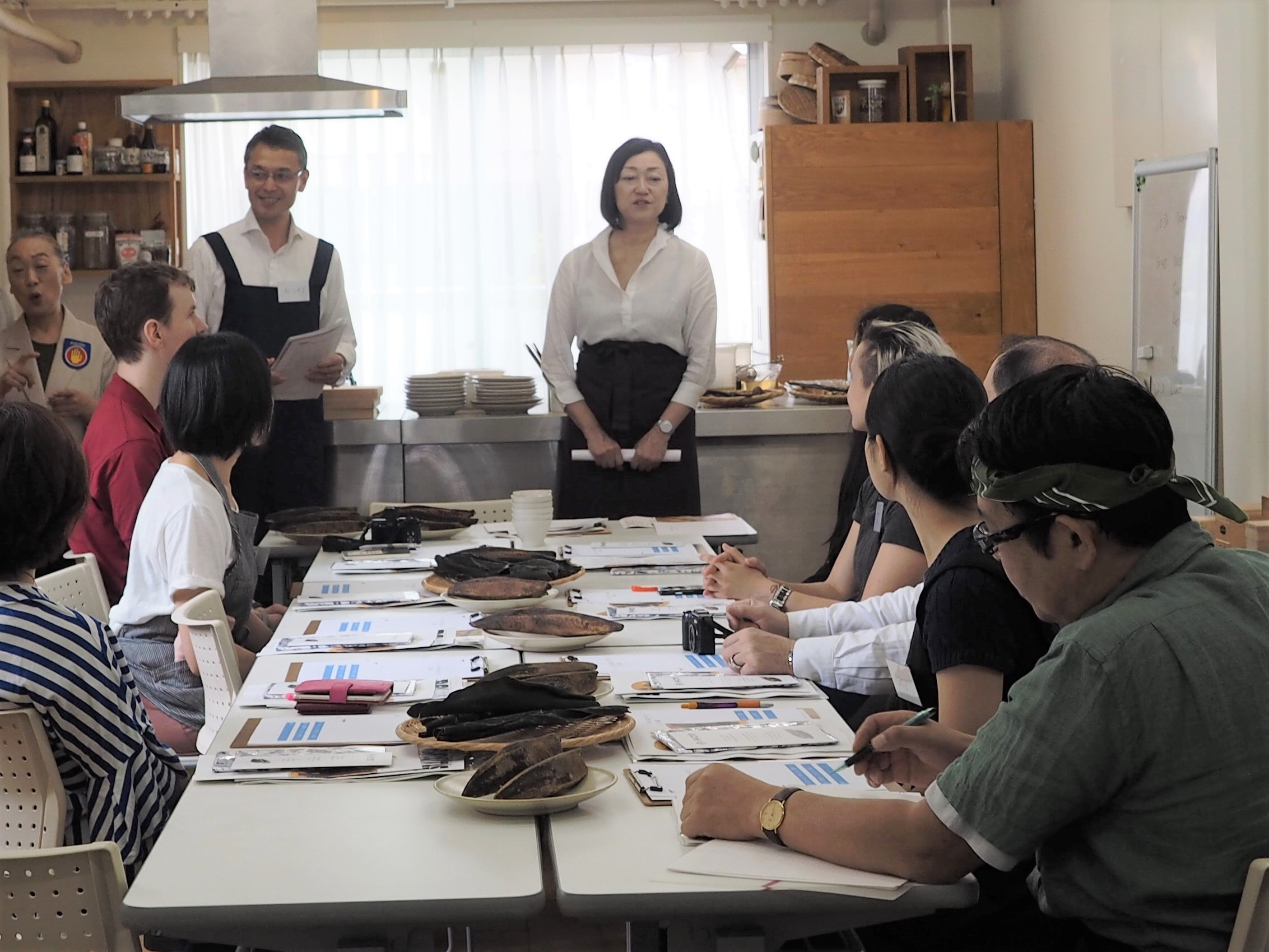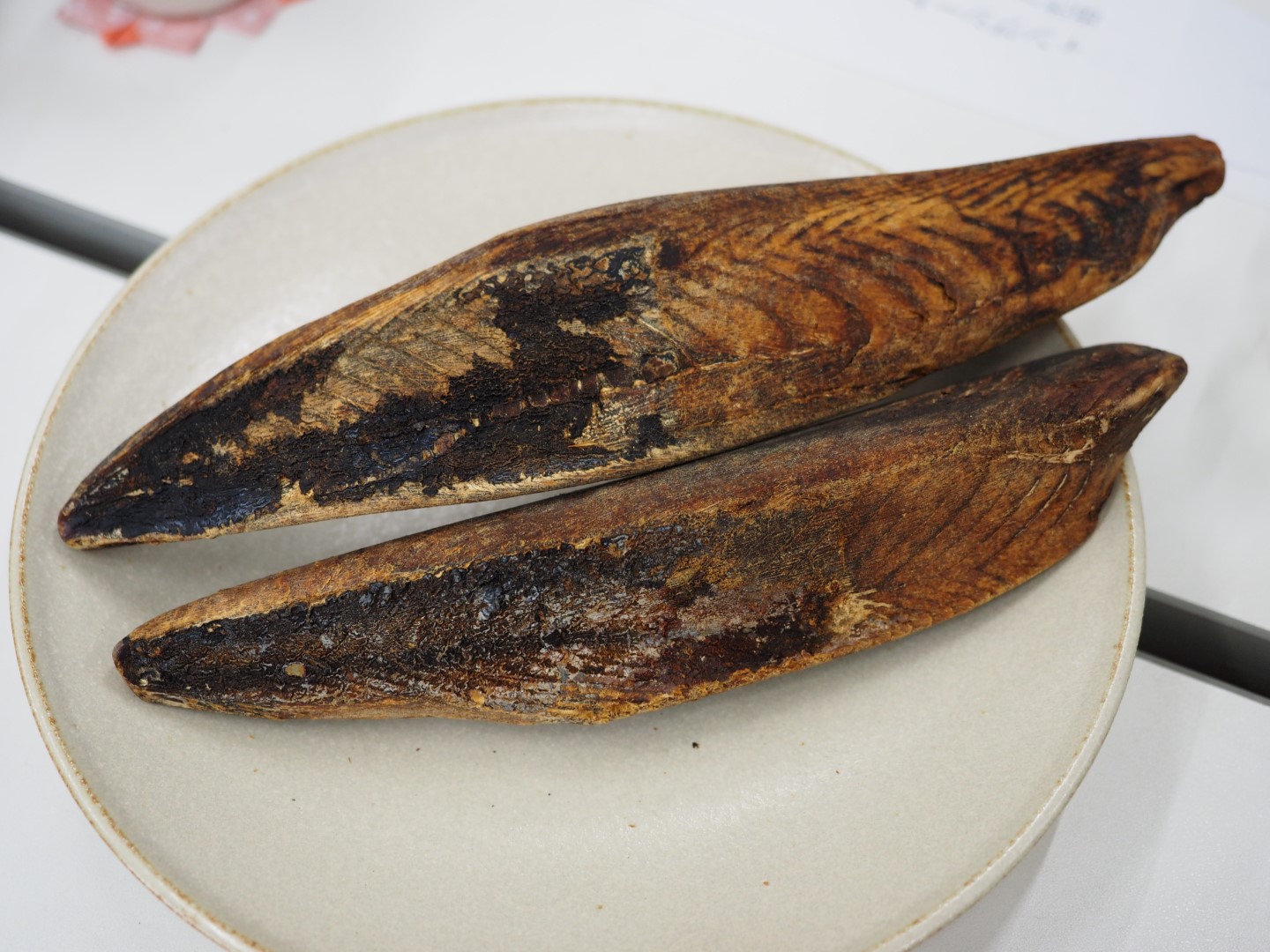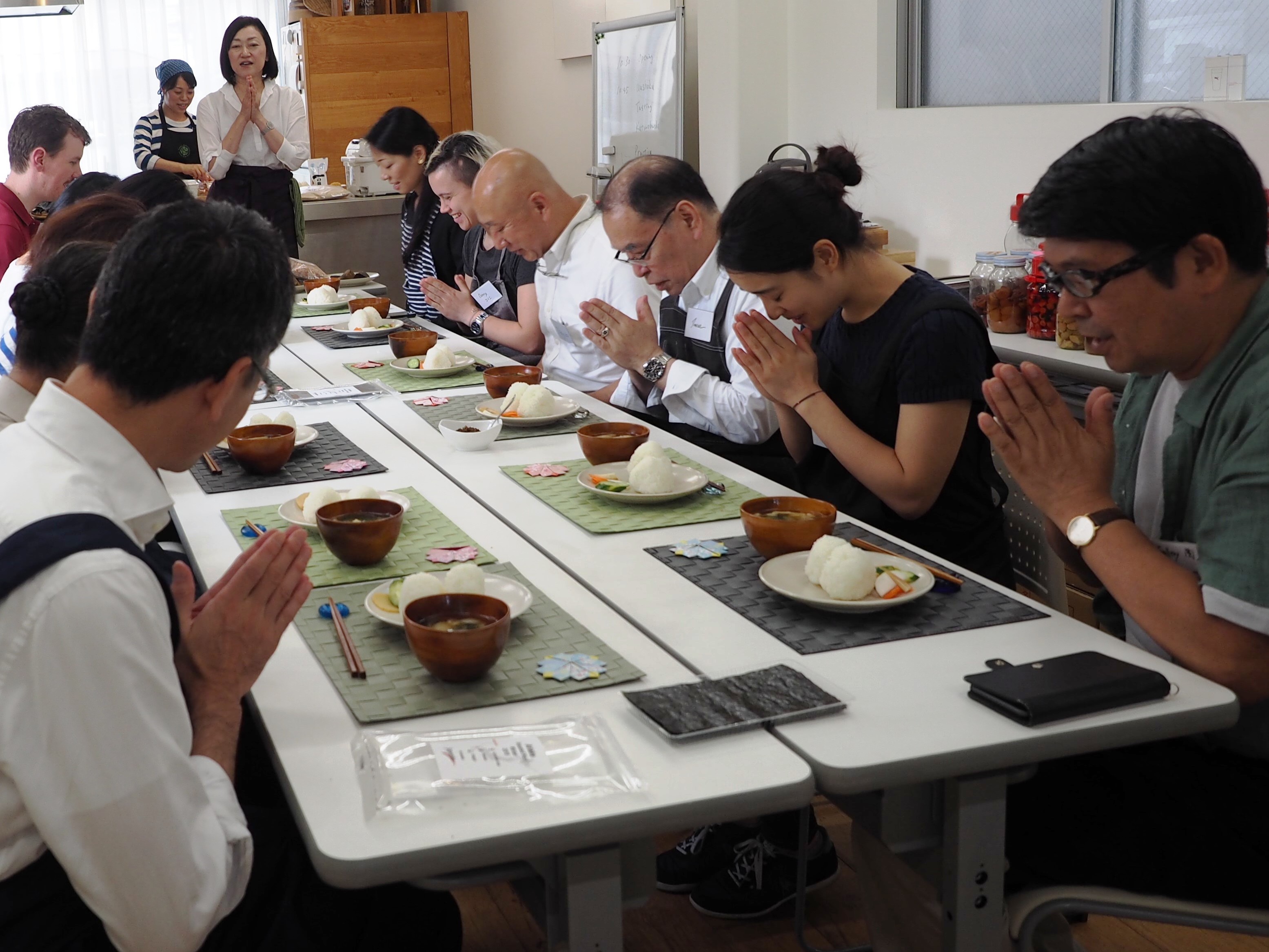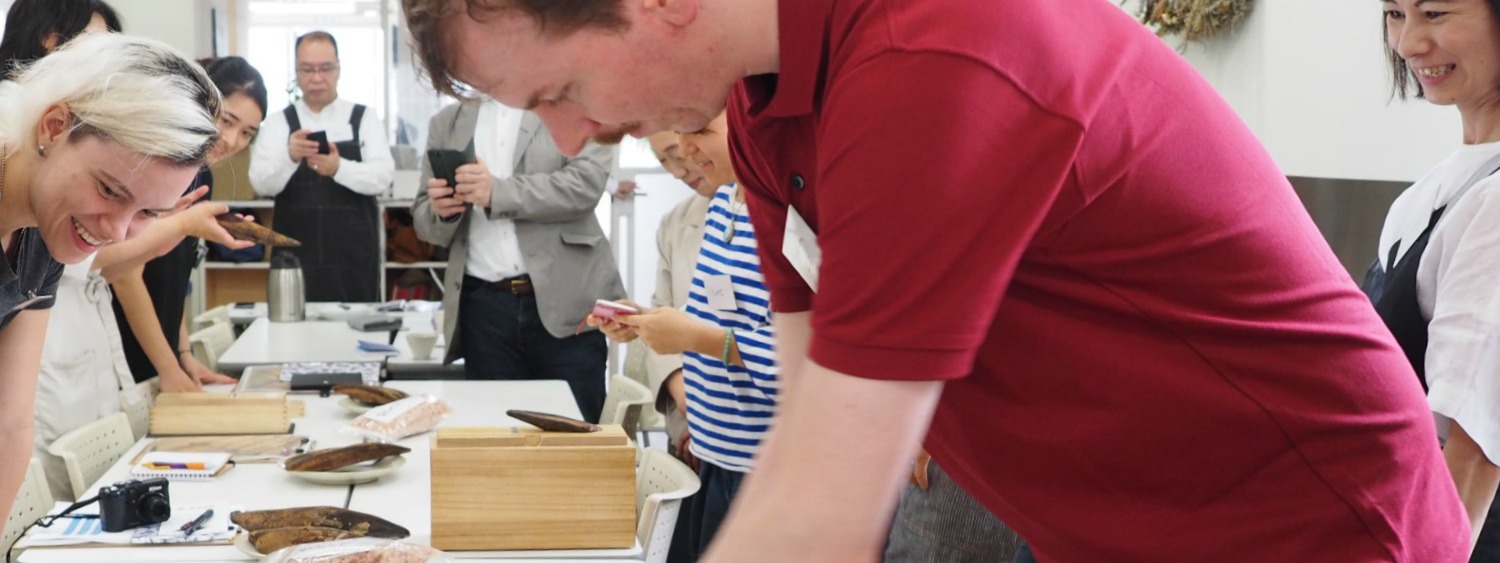How much do you know about Japanese cuisine, or “washoku”? In 2013, traditional Japanese food was granted Intangible Cultural Heritage status by UNESCO, bringing about a sudden washoku boom across the world. Despite this surge in popularity, there is a lot about traditional Japanese cuisine that even natives to the country don’t know much about.
 With the aim of teaching expats living in Japan about the basics of washoku, online Japanese produce retailer Japonte has teamed up with the Whole Food Association to host a series of workshops. The workshops focus on the individual ingredients characteristic of washoku, like dashi, nori and miso. Japonte’s founder, Noritaka Eguchi, notes that few expats buy these ingredients when shopping for food, though many enjoy the taste of them when they dine out. By teaching foreign residents about these ingredients and their uses, the hope is that they will have the confidence to use them when cooking at home.
With the aim of teaching expats living in Japan about the basics of washoku, online Japanese produce retailer Japonte has teamed up with the Whole Food Association to host a series of workshops. The workshops focus on the individual ingredients characteristic of washoku, like dashi, nori and miso. Japonte’s founder, Noritaka Eguchi, notes that few expats buy these ingredients when shopping for food, though many enjoy the taste of them when they dine out. By teaching foreign residents about these ingredients and their uses, the hope is that they will have the confidence to use them when cooking at home.
The first workshop focused on katsuobushi (dried bonito flakes), an important ingredient in many kinds of dashi soup stock. Mr. Taizo Inaba from katsuobushi supplier Katsuobushi no Taiko (naturally an expert in this area) gave a lecture and demonstration. Included were:

Katsuobushi (dried bonito)
*The types of katsuobushi
*How to recognise quality katsuobushi by sight
*A tasting session of common types of dashi
*Katsuobushi shaving and dashi making activity
After talking about the history of dashi in Japanese culture, he explained the different kinds of katsuobushi, and how to tell by sight when the ingredient is of high quality. His lecture was followed by a tasting session of the most common types of dashi used in Japanese cuisine, then by a demonstration of how the dried bonito is shaved into katsuobushi, and how dashi is made from it.

Shaving the katsuobushi.
After shaving their own katsuobushi, the participants used it to make a simple meal of miso soup accompanied by riceballs. They talked about how their knowledge surrounding the foods they ate on a daily basis had deepened, and how they had a greater appreciation for the care that goes into preparing quality ingredients. They appreciated the value in spending time around a table with food experts. But of course, when it comes to washoku there’s still a lot to learn.

Tasting the fruits of their labour.
Anyone interested in authentic washoku ingredients can also check out their online shop.
